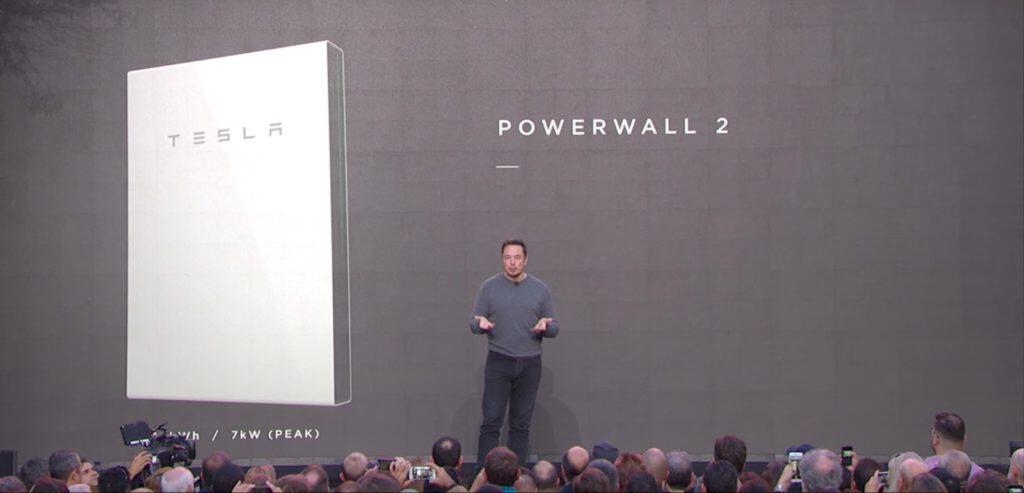If you’ve never owned a home before, you may not be too familiar with mortgages and what you need to do to get one. The first step is to understand what a mortgage is. So let’s start there.
The basics: what a mortgage is…
The common definition states that “a mortgage is a loan secured by real property.” You will be borrowing money to buy a home and a Charge (a legal document that outlines the terms of the loan) is registered on the title of the property to secure the loan. A lender will require this security in case the borrower defaults on their loan.
That might sound a little technical and scary, but it isn’t. In most cases, a homebuyer will take out a mortgage on a portion of the home’s price. If you have saved $40,000, and intend to use it to purchase a property, subtract that amount from the home’s price and that will be the amount of your mortgage, often called the mortgage principal.
A typical first-time buyer will take a 25-year mortgage (the amortization period – how many years it will take you to pay it off) with a 5-year term. A term is the amount of time before the mortgage contract must be prepaid or renegotiated. Don’t worry, you don’t have to pay back the full amount in five years, when the term expires, a lender will typically offer a new 5-year contract with the same or new interest rate, depending on the lending environment at the time.
As you might expect, a lending institution wants to make a profit from providing you with a mortgage, and they accomplish that by charging you interest. The interest rate is a fee paid to the lender for borrowing money. An interest rate can be fixed, meaning it doesn’t change for the entire term, or variable, which means the interest rate charged varies as market interest rates change. If you choose a variable rate, your payments will vary as well. Many first-time buyers choose a fixed rate as they know what their payment will be throughout their mortgage term, which helps them budget accordingly.
If you’re putting down less than 20% of the purchase price, you’ll also need mortgage insurance of about 2.8% to 4% of the purchase price. Most lenders will simply add that fee to your mortgage payment and make it easy for you.
Now that you know the mortgage basics, it is fun to play around with the numbers to get a sense of how much you can afford based on your expected monthly payment. TD has a great mortgage calculator on their website (here), where you can plug in your expected principal, interest rate and term, amortization period, and how often you want to pay per month. Paying weekly will save you interest, but you may prefer paying monthly.
Getting “pre-approved” (and how to do it…)
However, before you go out and buy a home, it is advisable to get pre-approval from a bank or other mortgage lender. You want to know exactly how much you can borrow so you know what you can afford and to ensure you don’t overspend. You should be aware that recent changes to the mortgage rules in Ontario require a borrower to qualify for a mortgage at a rate approximately 2% higher than your contracted rate, keep that in mind when you’re punching numbers into the mortgage calculator before you start the approval process.
There is a couple of different options:
- You can go directly to your existing bank. Be sure you bring details on any accounts that you don’t have at that bank (and your significant other if you’re buying with them). You’ll want to have a letter of employment with your salary, plus any other details on your income, assets, and debts (i.e. student loans or car payments).
- Another option is to work with a mortgage broker, a practicing professional who assesses a borrower’s financial goals, and acts as an intermediary with several lenders to try to land you the best deal. If you are self-employed or new to Canada, working with a mortgage broker can help you connect with lenders that specialize in these types of buyers. Mortgage brokers are experts when it comes to comparing interest rates, mortgage terms, default insurance, and title insurance.
- When buying a new home, you also have a third option, many banks offer special deals to builders and developers given their access to a multitude of interested buyers. At Altona Towns, TD Bank will offer qualified buyers a special interest rate, which is capped until the homes are completed and occupied.
It wouldn’t hurt to explore all three mortgage options to ensure you fully understand what you can afford, how much a lender will allow you to borrow, how much you have to pay on a monthly basis, and the various options you have to choose from given those constraints. Getting a pre-approval doesn’t bind you to that lender, if you come across a better deal before you close on a home, you can take it!
Turning your pre-Approval into a mortgage
Once you’ve made your decision on your new home, take your Agreement of Purchase and Sale to your preferred lender and they’ll prepare everything for you, and ensure you have the mortgage funds you need when you move into your dream home.




